Toddler towers (also known as helper towers or Montessori kitchen stools) can be perfectly safe and beneficial. Providing extra security with a railing, toddler towers help prevent accidents while facilitating independence for little ones. However, toddler tower safety depends a lot on the design, how they’re used, and supervision. Here’s a breakdown of what to look for in a toddler tower and tips to minimize risks.
What is a Toddler Tower?
A toddler tower is similar to a kitchen stool that allows toddlers to reach the kitchen counter. Featuring a secure railing around the waist, a toddler tower is a safer alternative to standing on a chair or open stool. The railing helps prevent falls while encouraging independence.
Young children benefit greatly from working in the kitchen alongside a caregiver. Instead of begging to be held or climbing up on chairs or the counters, a toddler towers help children safely see what's going on in the kitchen.
Helping with chores like preparing food builds your little one's confidence. Plus, cooking and baking can also help prevent picky eating. Along the way, children also gain fine motor skills and learn basic concepts in math and science.
What Makes a Toddler Tower Safe?
If you're looking into buying a toddler tower, safety is a top concern. There's a wide range of quality available on the market, making it hard to know which options are safe and which aren't. Here's what parents should know:
Sturdy Materials
Toddler towers are safest when they feature a heavy frame made of sturdy, robust materials. Wood is the preferred option because it's heavy enough to provide stability. Plastic is another popular material, but it is easier to tip over.
Piccalio's Helper Towers are made of sturdy, safe materials, including FSC© certified birch plywood and New Zealand pine. This ensures our Helper Towers are robust enough to withstand daily use. Additionally, our towers have a high weight limit and can safely hold up to 175 pounds.

Certifications that Prove Safe Design
A safety-first design is an essential part of a safe helper tower. If you're shopping for kitchen towers, look for models that meet safety guidelines. Currently, there aren't any standards or guidelines specific to toddler towers. However, responsible brands voluntarily meet standards for similar items.
For example, both Piccalio's Foldable and Convertible Helper Towers meet ASTM and U.S. CPSC standards for toys. Additionally, our towers are Greenguard Gold Certified, meaning they are free of harmful chemicals. We also certify our towers using Intertek, a third-party organization that verifies our certifications.
Check the Recall List
Before making a major purchase, it's always wise to check the Consumer Product Safety Commission recall list. Products that have been recalled don't meet federal safety standards or may have caused accidents.
Toddler Tower Safety Tips
Aside from looking for a quality, well-made helper tower, it's also important to follow guidelines. Here are our tips:
Ensure Proper Assembly and Follow Instructions
A loose screw or improperly assembled toddler tower can make the tower unstable. If your helper tower feels wobbly, reach out to the company's customer service team to resolve the issue. You may have assembled the tower incorrectly or need a replacement part. Also, be sure to follow the manufacturer's instructions.
Supervise Closely when Using the Toddler Tower
Always supervise your child closely when they're using the toddler tower. If your child is young, you may need to fold and store your helper tower when not in use. You can teach your older child only to use the helper tower with permission.
Supervision is especially important when your child is getting into and out of the tower. Climbing up one side of the tower, for example, may cause the tower to fall on top of them. Other towers may pose an entrapment risk if your child accesses the tower incorrectly.
As with any children's furniture or toy, parents should use their judgment when using kitchen towers with their children. For example, you might feel safe having your child use a toddler tower to chop fruit, but not to help fry an egg.
Also, when using a toddler tower, ensure no dangerous tools are accessible to your child. For example, you might put sharp knives in a drawer or cabinet if you usually store them on your countertop. Or, you might choose to set up the tower where the stove would be out of reach for your child.
If you're concerned about your young child using a Helper Tower, also consider adding a Safety Net.
Double-Check the Platform Height
The railing of your helper tower should reach your child's belly button or waist. Many kitchen towers, including our Foldable Helper Tower, have adjustable platforms. Check the fit of the tower regularly to ensure the platform height is still safe for your child.
The Bottom Line on Toddler Tower Safety
A well-made toddler tower used with supervision is safe for children. Choosing a quality kitchen tower and following guidelines enhances safety while limiting risks so your child can benefit from the independence, confidence, and hands-on learning it provides.
See our complete guide, A Montessori Teacher on How to Use a Helper Tower Safely, to learn more. Need help choosing between our Convertible and Foldable Helper Towers? Learn how they're different here.
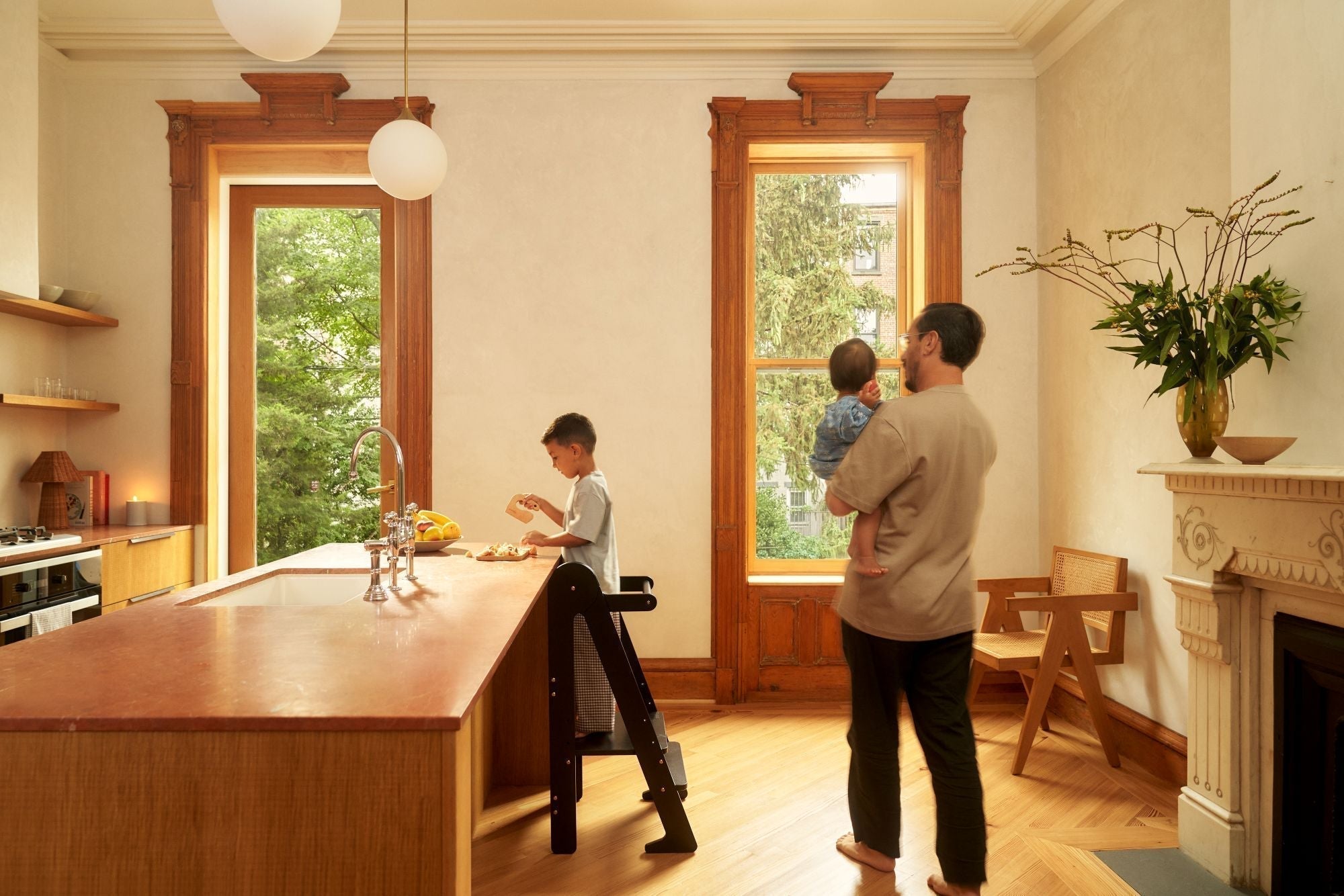

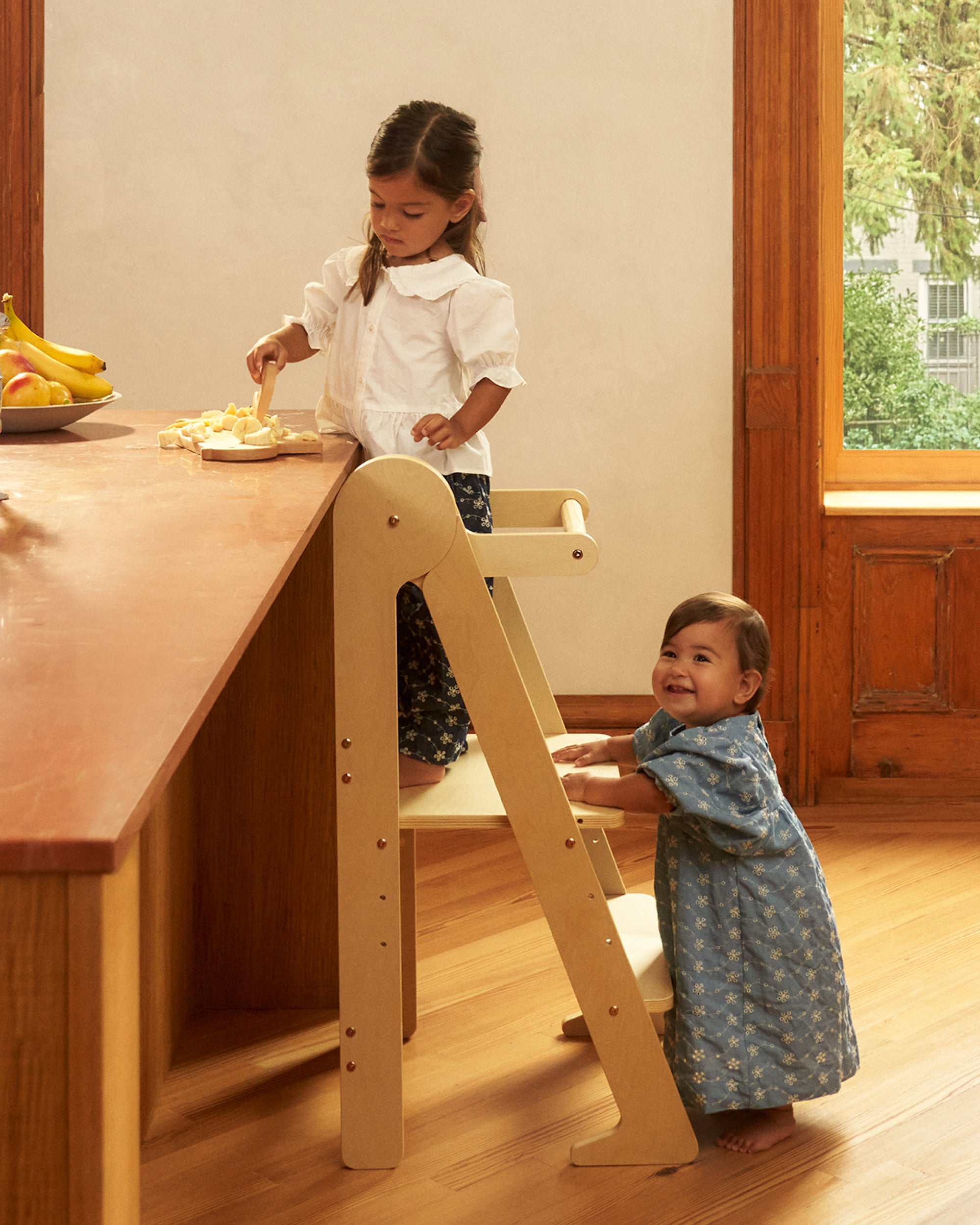
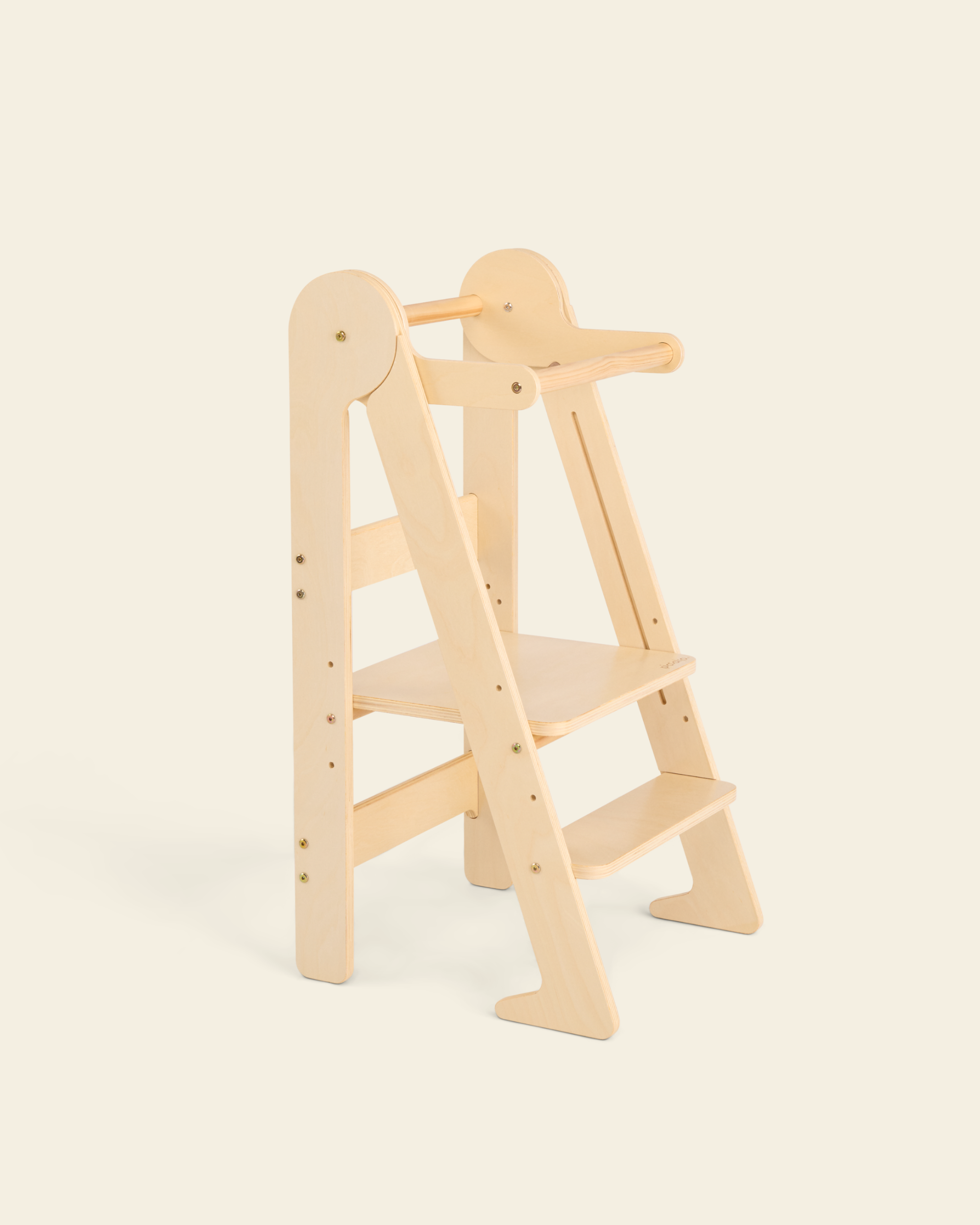
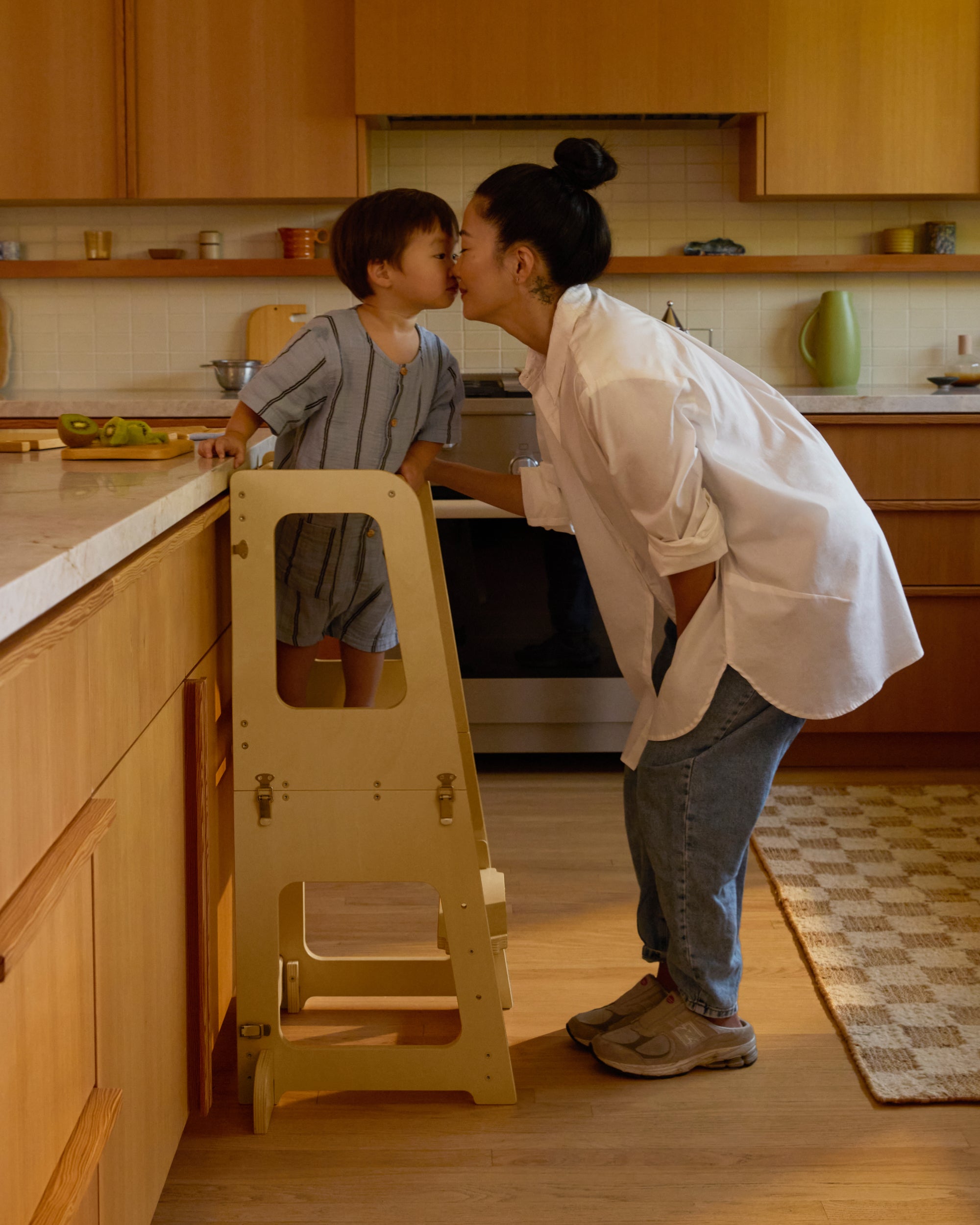
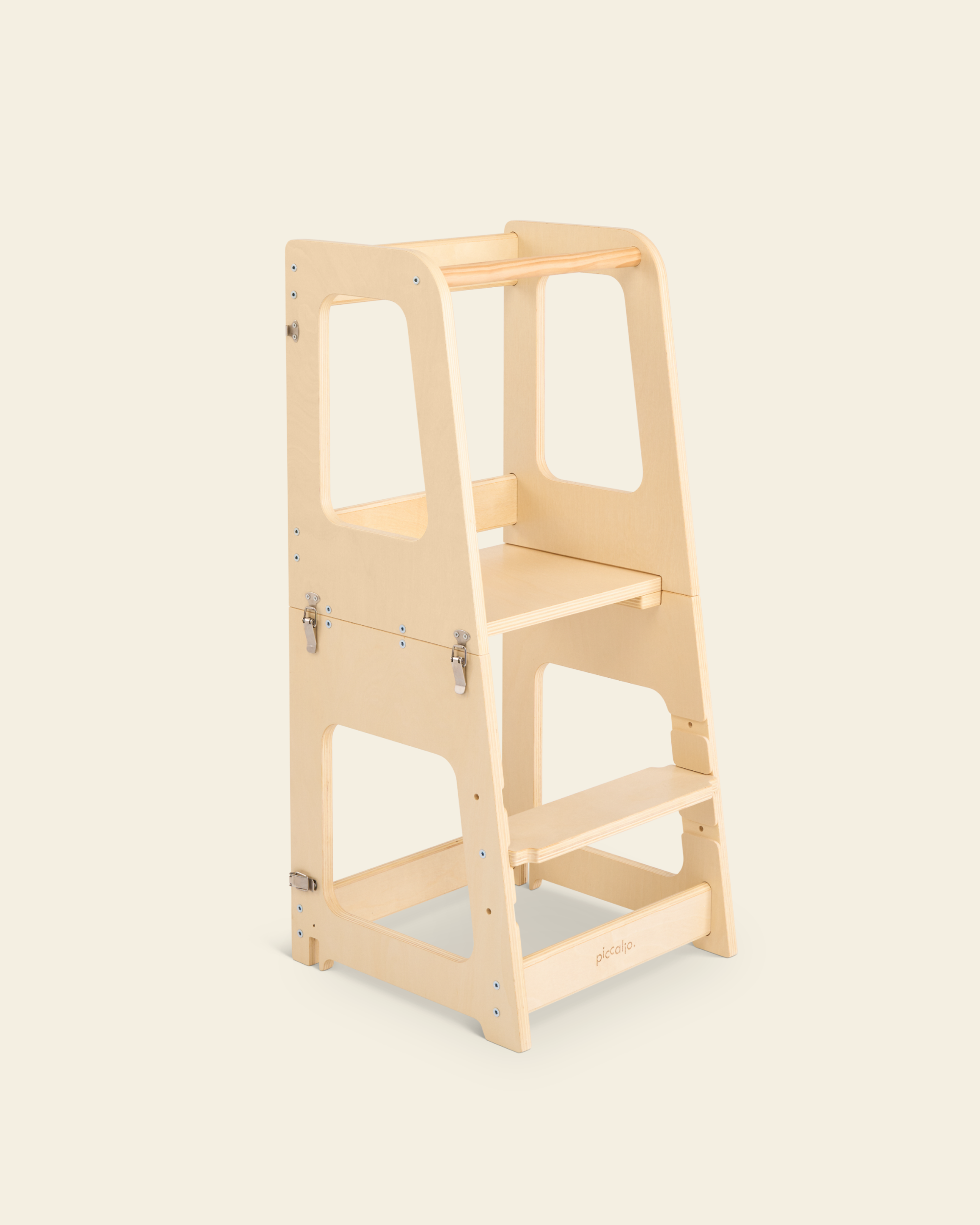
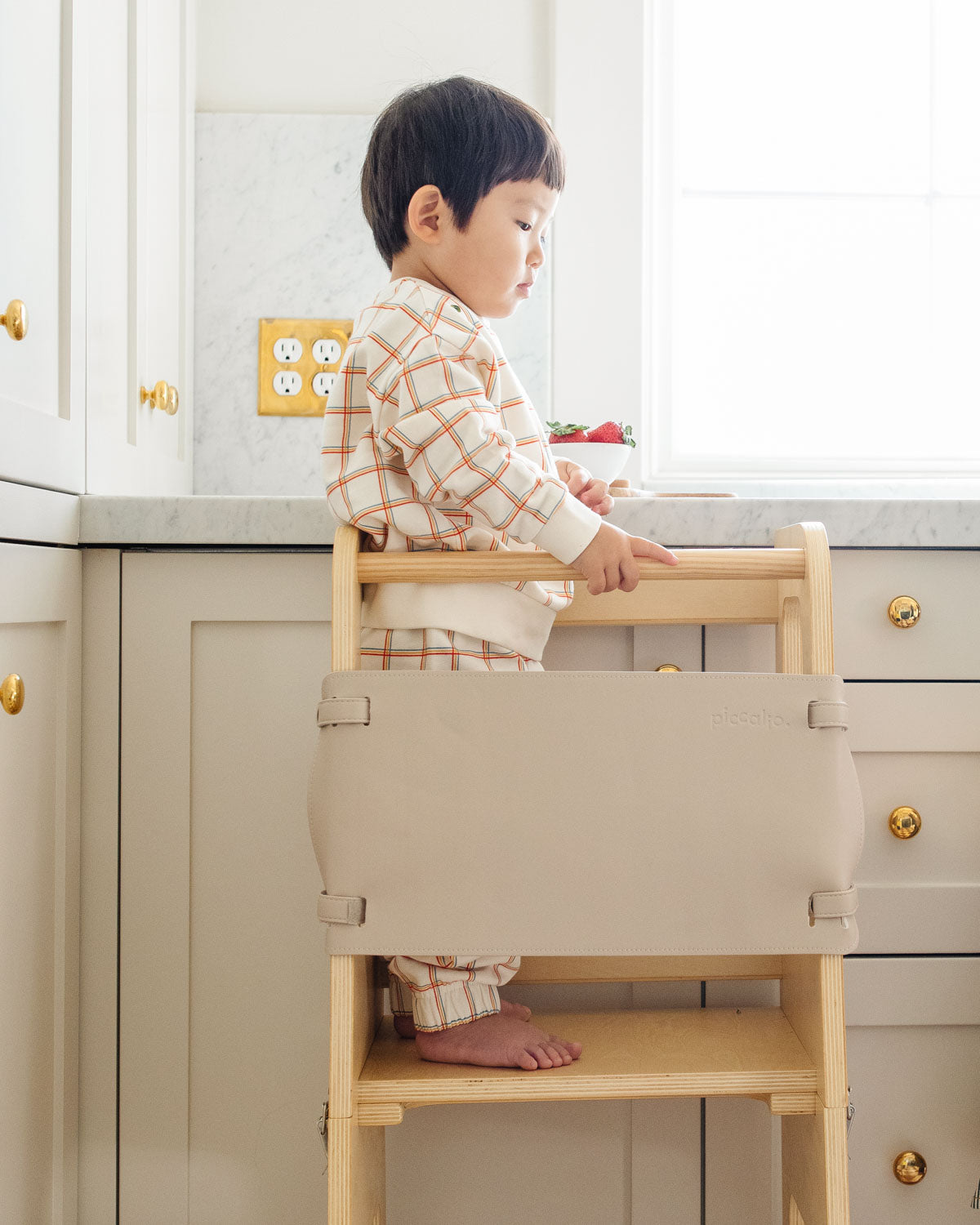
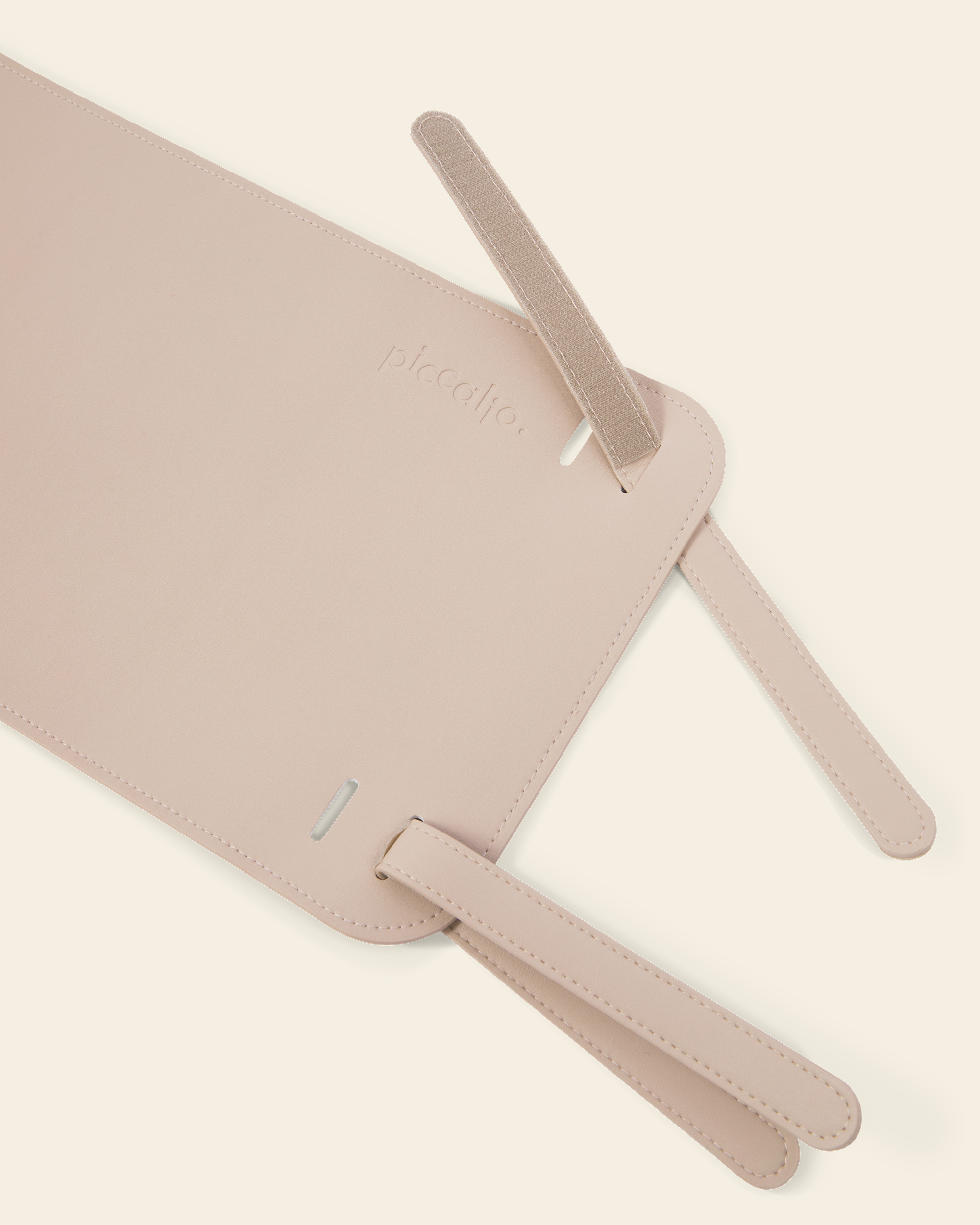
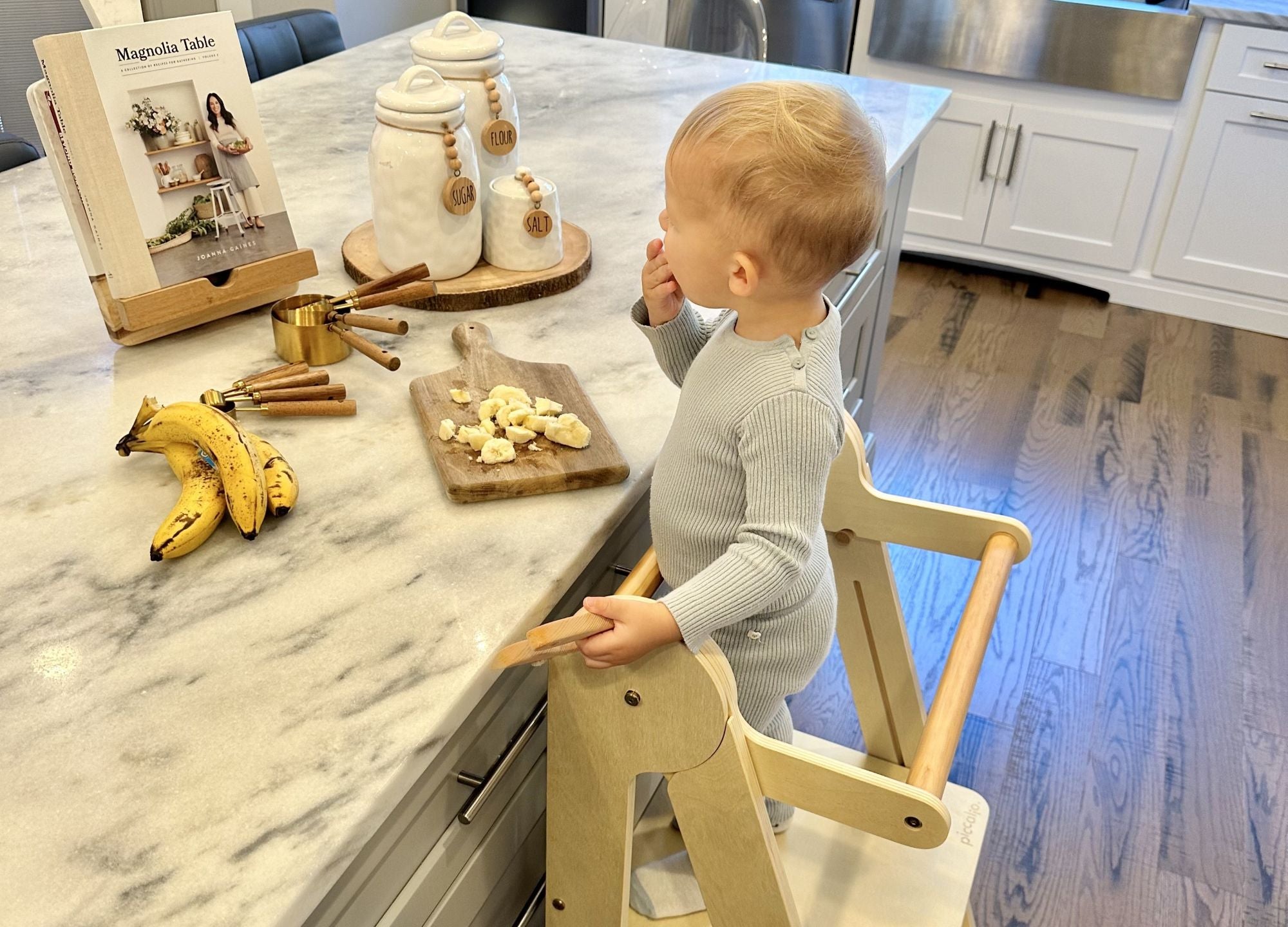
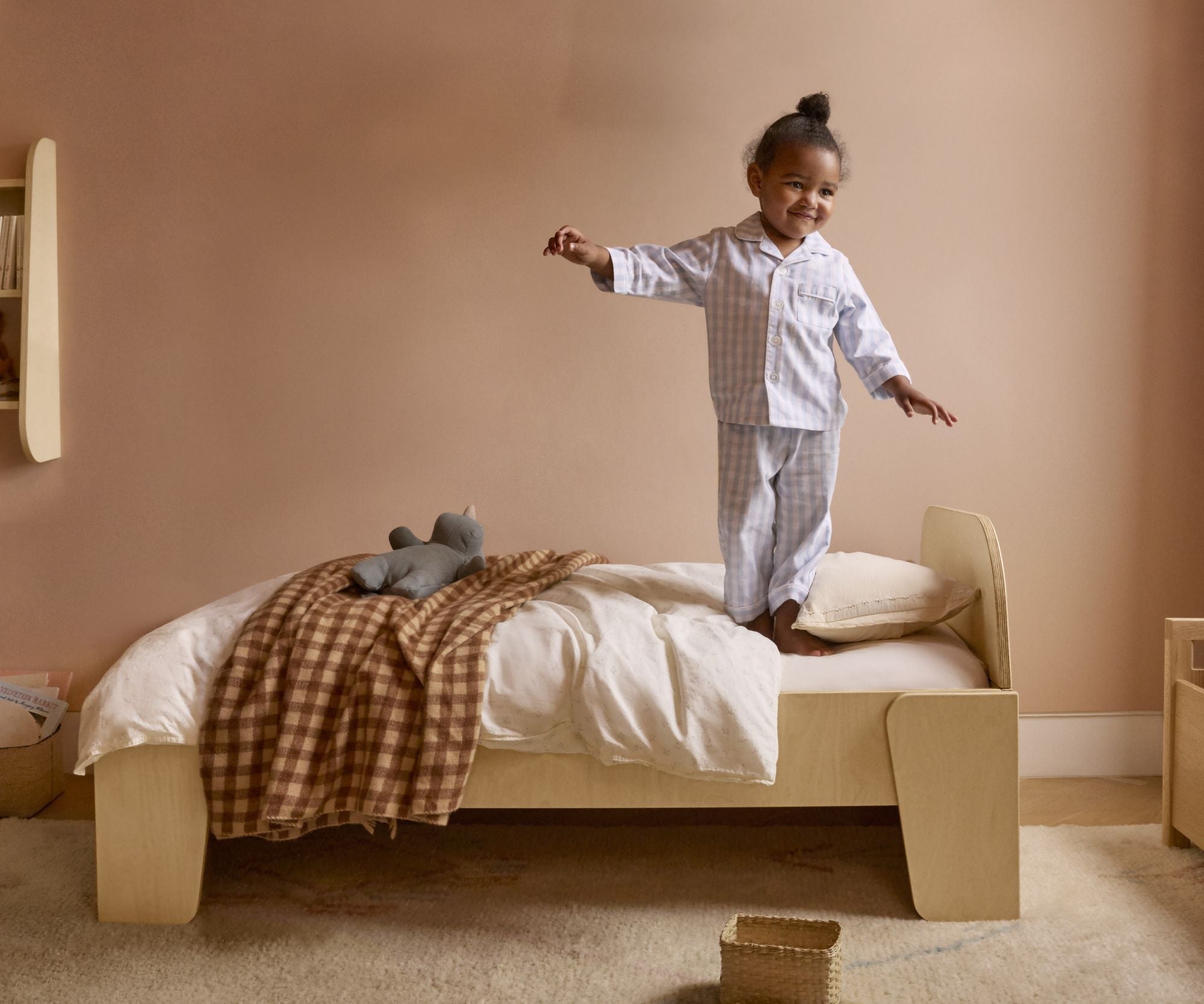
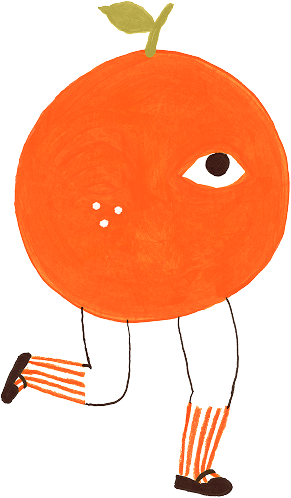
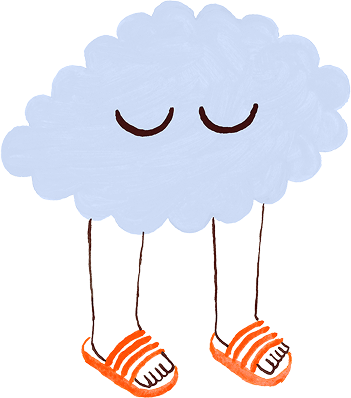
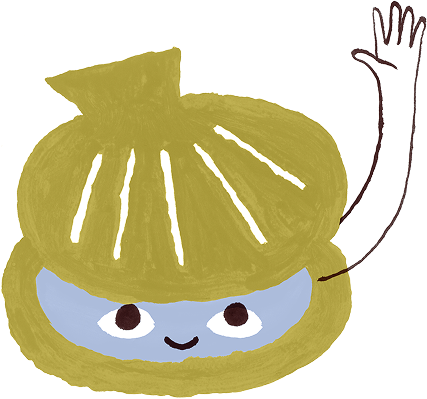
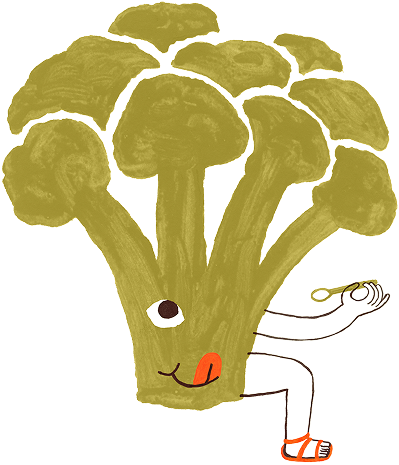
Leave a comment
This site is protected by hCaptcha and the hCaptcha Privacy Policy and Terms of Service apply.